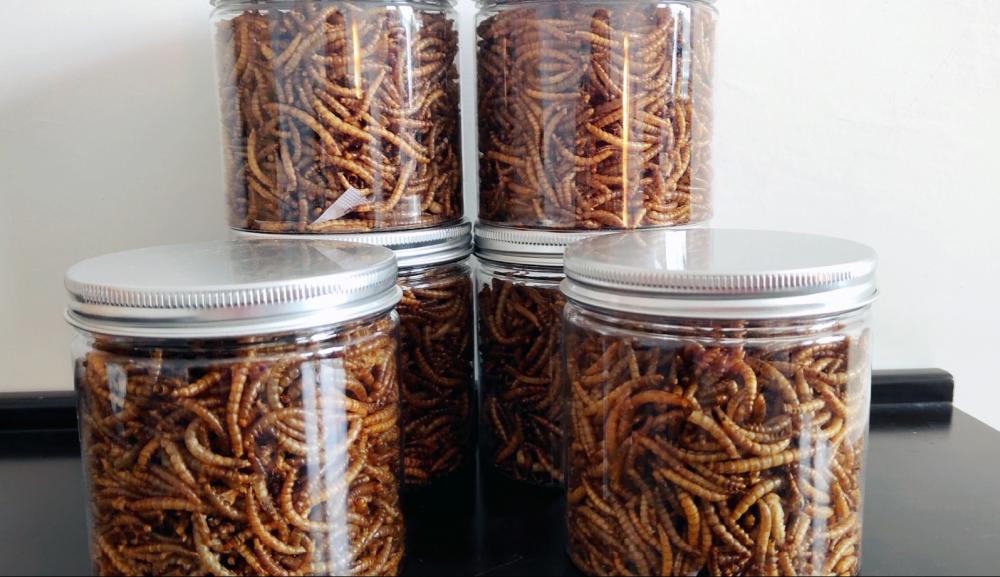Rape white rust
Symptoms The rapeseed area in southwest China, Jiangsu, Zhejiang and Shanghai has been seriously affected. Leaves, stems and pods can be affected. Leaf disease can be seen on the leaf surface of a light green dot, followed by a gradual change of yellow lesions, the leaves on the back of the lesion grows white paint-like pods. The pedicels became swollen and curved at the top of the disease. They were "headed" and the petal was hypertrophic and green and could not be strong. Stains, branches, pedicels, flower organs, pods and other infected parts can grow white paint-like pods, and mostly long strips or short strips. Systemic infestation occurs when the system is infested, unlike rape downy mildew. However, secondary infestation of downy mildew can be seen on the pedicels of rape, that is, downy mildew can be seen in the sporangium of white rust spores, which is in competition nutrition.
The pathogen Albugo candida (Pers.) Kuntze called white rust, belonging to the flagellin subphylum fungi. The mycelium of the bacterium is not separated and spreads in the space between host cells. Spore cysts are short and rod-shaped, with a sporangiophore at their tip. The sporocysts are oval to spherical, colorless, and produce 5-18 zoospore with dual flagella when germinated. The bacteria size is 15-2713-25 (μm). The oospores are brown, nearly spherical, with knobs on the outer wall. The optimum temperature for sporangia germination was about 10°C, and the highest temperature was 25°C. The optimum temperature for invading host was 18°C. In addition to infecting oilseed rape, this strain also infects cruciferous vegetables such as cabbage, radish, and cabbage.
Transmission routes and pathogenic conditions The ooze spores in the sick or mixed in the seeds over the summer, according to the test, there are 6-41 oospore seeds per gram of rapeseed, up to 1500, mixed oocysts into the seeds of rape, sowing, The incidence rate has greatly increased, and it has caused more systemic infestations and leading to the emergence of symptoms. Over-summer oocysts produce sporangia and release zoospores to infect oilseeds causing initial infection. Spore sacs are formed on infested seedlings for re-infestation. In winter, mycelia and sporangia pile up on diseased leaves for winter, and the temperature in spring next year rises. The sporangia are transmitted through the air flow, and in the event of wet conditions, zoospores or direct germination infestation of rapeseed, peduncles, flowers and pods occurs. After reinfection, when the rape matures, it will produce oospores in the diseased part or mixed into the seeds. White rust produces sporangia with a suitable temperature of 8-10°C, a suitable germination temperature of 7-13°C, below 0°C or above 25°C, generally does not germinate, and the humidity requirement is 95%-100%. The incubation period is about 12 days, generally 19-22 days. Symptoms of disease to sporades scattered out of about 5 days. Spore sacs need to rupture 7 days at 10°C and only 5 days at 18-20°C. The temperature at the production is 18-20°C, and the sporangia rupture reaches a peak for 2-3 consecutive days of continuous rainfall. There are two peak periods in Yunnan from 4 to 6 true leaves from mid-October to November in the period from convulsions to full blooms. Shanghai has experienced heavy rainfall on two days and heavy rains.
Control methods (1) Selection of rape cultivars resistant to white rust such as Guoqing 25, Dongfu No. 1, Xiaota, Canada No. 1, Rongyou No. 3, Jiangyan No. 1, Canada No. 3, Cauliflower, Yunyou 31 , Ningyou 1, Xinyou 9, Yanyou 1, Ciyou 1, etc. (2) For other prevention and control measures, see rape downy mildew. Metalaxyl series fungicide has a good control effect against white rust. In addition, it can also be used 65% toymycin wettable powder 1000 times or 50% polymyxin WP 800-900 times, which can be used to treat rape leukoplakia.
The yellow mealworm is not only rich in protein, fat, polysaccharid and other organic macromolecular nutrients, but also rich in phosphorus, potassium, iron, sodium, aluminum and other trace elements. For every 100g of the yellow mealworm larvae, the protein content of dry powder is between 48% and 54%, the fat content is between 28% and 41%, and the contents of vitamin E, B1 and B2 are also high. Therefore, the yellow mealworm can provide high quality protein for the snake.

Snake Feed,Corn Snake Food,High Pure Snake Feed,High Quality Snake Feed
Fenxi Kangruilai Biotechnology Co., Ltd. , https://www.kangruilai-petfeed.com